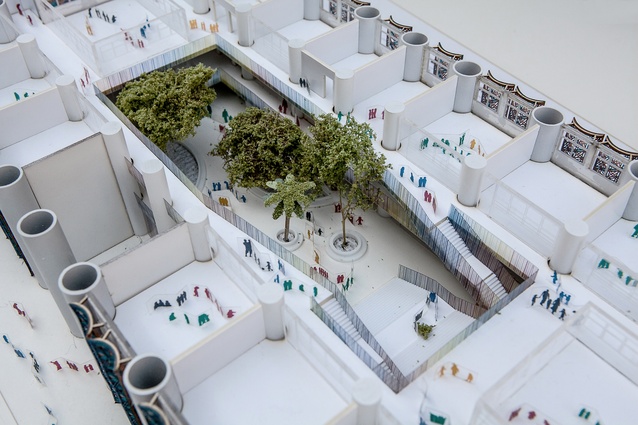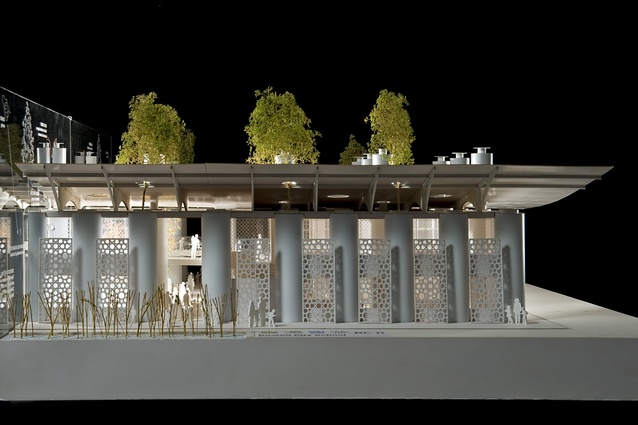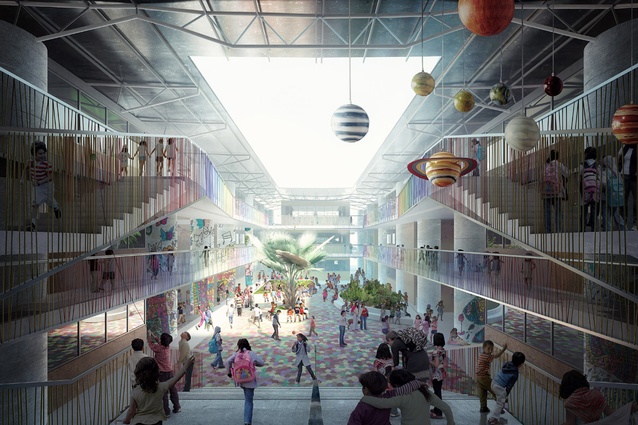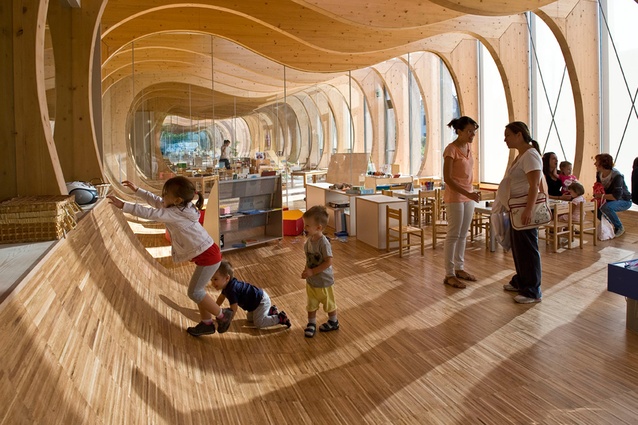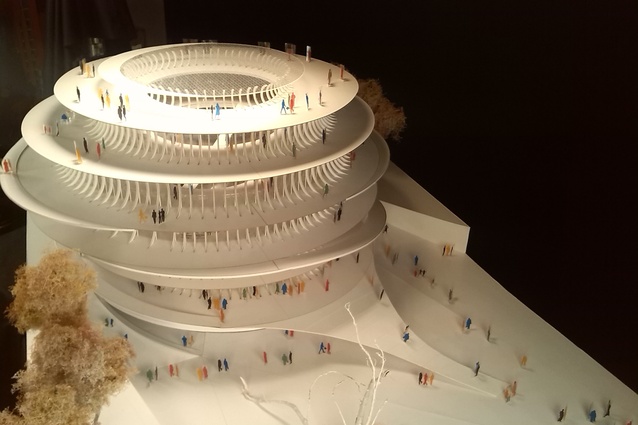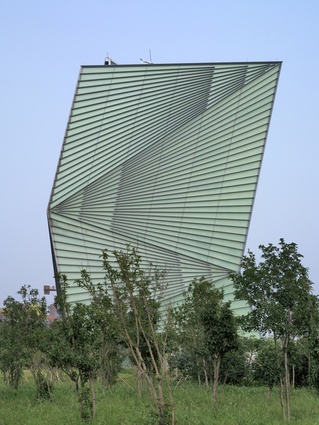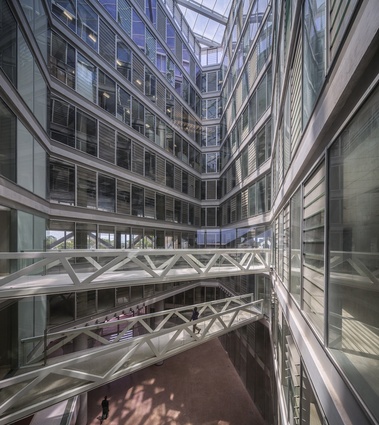Creative empathy
Italian architect Mario Cucinella, director of Mario Cucinella Architects (MCA), was recently in New Zealand for a lecture series titled 'Creative Empathy'. Here, he discusses what sustainable design really means and his experiences working on a school in the war-torn Gaza strip.
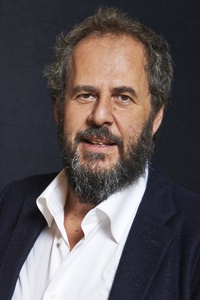
Amelia Melbourne-Hayward: How did you get into architecture?
Mario Cucinella: In high school I studied arts and crafts and from there I chose to study architecture. After I graduated, I worked for several years at Renzo Piano’s office in Genoa and then decided to start my own practice Mario Cucinella Architects (MCA) in 1992.
AMH: You’re here in New Zealand to give a lecture on creative empathy, could you explain the concept behind this?
MC: It’s a type of definition of sustainability because there is a lot of discussion around this key word, but often nobody knows exactly what it means. Sometimes we talk about kilowatts and performance, but I don’t think that’s the only way to interpret it. I prefer to use the word empathy. Empathy is the way you create a human relationship, being empathetic means you try to understand others.
So translating this word into architecture is trying to understand the place you are working in, the place where you put your buildings, the context. The impact of climate on buildings is very important. And then creativity, because empathy is not only an analysis, you also need tools of creativity to transform that information into buildings.
AMH: What does sustainable design mean to you?
MC: I think there are two main pillars to this definition. One is definitely related to performance, as in the United States buildings consume nearly 50 per cent of all energy that is produced and also produce 40 per cent of CO2 emissions, so I think technically, performance is very important, but on the other hand, building is not only a technical thing.
The other part of sustainability is understanding how to properly design a building for a specific context. Architects need to think about how they can solve local problems, not global problems. That’s what I think is the most interesting part about architecture, is how you can adapt a building’s design to communicate culture, and that’s why I call it empathy because sustainable design can offer technicality but in the end you need an acquired level of culture to make this interpretation.
AMH: How do we get back to the basics of designing a building that responds to climate, site and uses local materials, what you would call a true sustainable building?
MC: I think we need to increase the idea that architecture is not just an aesthetic activity, which is important of course, but it’s much more an integrated type of design, where architects need to be a little bit more like engineers and engineers a little more like architects.
Education is also a very important part for the future generation. I think they need to understand the problems of today, such as issues around carbon and power and what the next step will be with buildings. In Europe we have the Roadmap 2050, which looks at how we can create a low carbon Europe, and this project combines architecture, industry and politics to understand what the future could or will look like.
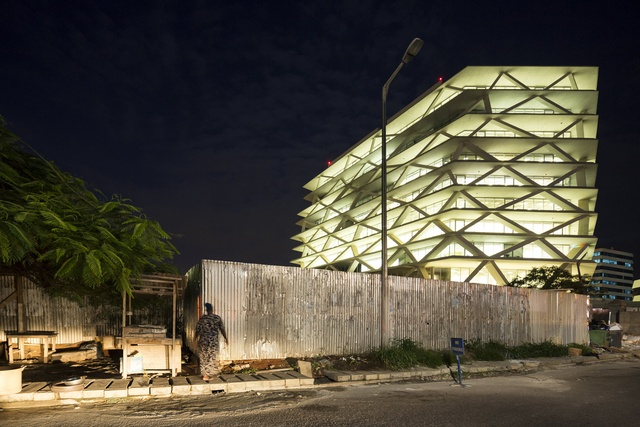
AMH: You are the head of the postgraduate School of Sustainability in Bologna, Italy. How exactly do you train people to practice sustainability?
MC: The school is based on two main pillars. One is that there is a common ground for all disciplines and you need to have the right tools to know how to practice sustainability. It’s more than academia, I give the students the tools for understanding the environment; lighting, technical information etc.
The other part of the school is holistic. Without a vision, technology and technique are not really that useful. So we ask people like climatologists, geologists, sociologists and the like, to come and talk to the students. What we are trying to do with this school is investigate how to design the future in terms of energy policies, resilience, how to make our cities better, all those things.
We have three main courses. One is called ‘architecture as a social business’ because an architect works for others, not only for himself, and that I think is really important. At present, almost all of Europe is working on renovating existing buildings instead of rebuilding. Neighbourhood regeneration is a very important issue.
Secondly we have ‘post carbon architecture’. Architects need to understand what kind of responsibility they have in the future, because the way you design a building, the choice of materials and construction techniques you use are closely related to the environmental impact the building will have during its lifespan.
The third course is the ‘the right to (quality) shelter’, which is about designing social housing, which is a problem here in New Zealand also, I’m sure.
AMH: Yes, there has been a lot on the news about this in South Auckland recently, where families with 10 people or more are living in one or two bedroom houses because we just don’t have enough houses in Auckland, and these families don’t have enough money to rent, let alone buy one.
MC: In Italy, in a population of 60 million, there are six million families that have no access to housing. A huge number. Everyone talks about the problem of suburbia, but the problem of suburbia is because people have difficulty planning their life; they don’t have a house. At the moment the government is just ignoring this problem, but this is a fantastic design opportunity – where you can really make something good; make a difference.
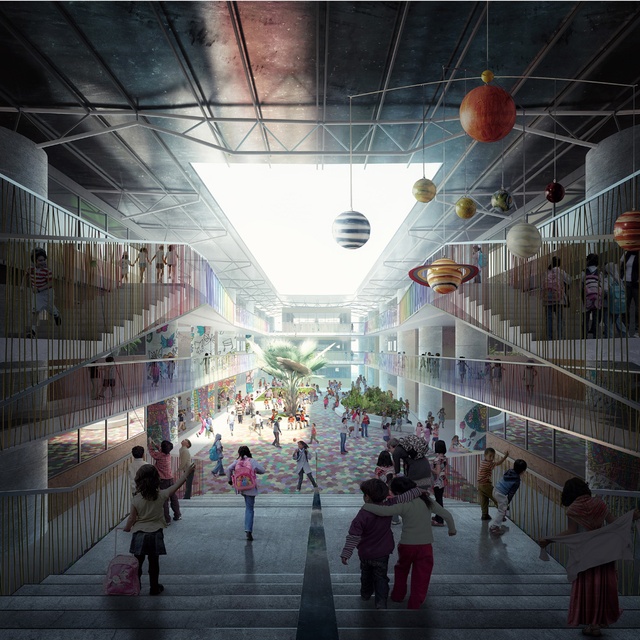
AMH: I’m interested in hearing more about the Kuwait School in Gaza, that you have been involved with through your organisation Building Green Futures. Are you still building that at the moment?
MC: Well, in May last year there was bombing in Gaza and they bombed the school because they thought there were terrorists in the schools. So we have to wait to go back and start again because they are still bombing a lot of residential areas. It’s a place where you need a hell of a lot of patience.
AMH: It must be very difficult to work so hard on something that has such a high risk of being destroyed.
MC: It’s hard, not from an architectural point of view, but in an area like Gaza you discover that the impact of the design can really change people’s lives; you discover how much your work and your knowledge is important. Here in the western world we know how to make a building that works, where you can just plug in something for cooking, the tap runs, there are always options.
In Gaza there is no water, no energy, there is nothing. The solutions need to work. So a building can make a huge difference in the way it’s designed, the way it collects water, the way you ventilate it. And I think that the experience was very special for us because you feel like you finally understand that what sustainability really means is to sustain the life of people through buildings.
What was also interesting in the Kuwait school project was to go back into our past to see how in this Middle East area they ventilated their buildings one thousand years ago, and how they were able to cool their buildings in the summer. In some ways the past is also the future.
AMH: How long did you spend in Gaza working on this site?
MC: More than six months, but I was not there all the time of course. We had lot of interaction with the local community, because poverty is dramatic in Gaza. The building was also a way to give some money to the community, to the workers. So when they bombed the building, it was also the loss of hope, the loss of opportunities for the workers and their children.
We were very excited about this building, because we visited other schools by the United Nations in the area that have no relation to their climate, so in summer, temperatures reach 40 degrees inside the classroom. Children cannot really learn anything.
I explained to the United Nations that the relationship between comfort and the learning process are highly connected and that is the only way they were convinced to do the Kuwait school project. Better conditions equals better learning. And you can really improve the conditions by simple things such as increasing the ventilation, shading the building and collecting rain water.
AMH: Despite the huge challenges, will you continue to design and build in these difficult and dangerous parts of the world?
MC: Definitely. We started Building Green Futures with the idea that if you really want to practice sustainability then you need to create opportunities to design buildings in the most difficult areas, because in that area your work makes the most difference.
We are involved in other projects too, with Mario Cucinella Architects we also do work in Ghana in Africa, One Airport Square is finished and we are currently working on the Kwame Nkrumah Presidential Library. Ghana is interesting as it was the first open democracy in Africa and the library is a sign of another step in this direction.
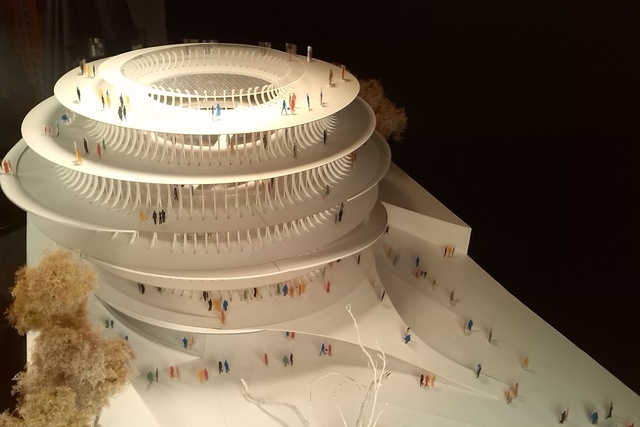
AMH: Do you see a time where all houses could become self-sufficient, for example in Italy, or do you think that big business will ensure that this doesn’t happen?
MC: A few years ago we were commissioned to design a house in Italy where the idea was that you could pay half your mortgage with the sun, because you produce so much energy. There was a regulation in Europe until a few years ago that if you produce clean energy you can sell this energy to the network and they pay you back the value of a kilowatt. So if you have very good housing that produces a lot of energy, you sell more than you use and you can get money back.
This shows that it’s easy to make a sustainable house an affordable house in terms of energy. However, I don’t think we have a very easy road ahead, because in Italy you are obliged to sell and buy the energy you produce. If you put solar panels on the roof, you cannot use them directly, you need to send the energy to the network and buy it back, which prevents the autonomous production of energy.
If we want to meet this objective of the European road map for energy and climate change then something has to change. I think there will be more and more pressure to create this kind of autonomous building that can consume and produce its own energy, which is much easier than using the network, where you lose almost 30 per cent of energy you produce.
AMH: Finally, what is it like to work as an architect in Italy at the moment?
MC: Very difficult. My firm has a lot of work on, but in general in the last 20 years Italy has not invested in architecture and there are currently around 144,000 architects in Italy. A lot of them have had to work in different industries such as art and fashion design to get by. There is just no market for this number of people, and the 2007 financial crisis has made things really difficult. In Italy there is no boom/bust cycle with architecture, the line is flat, and there is still too much bureaucracy.

